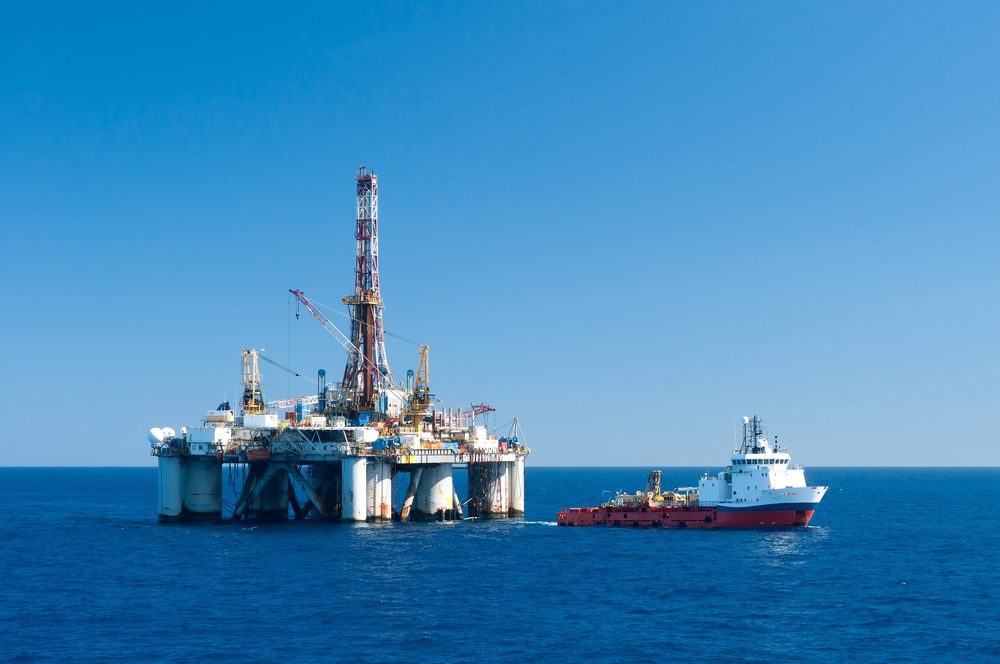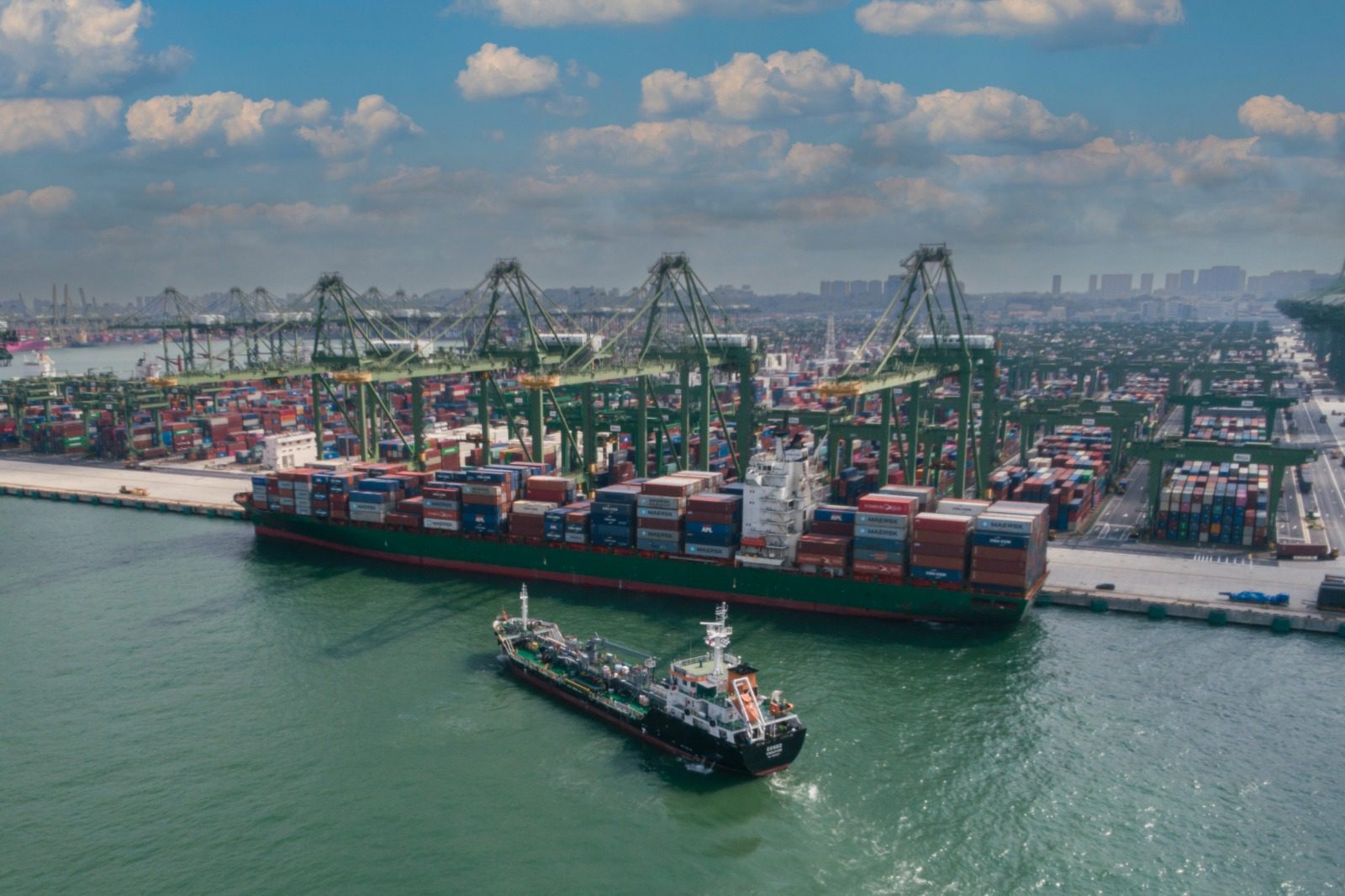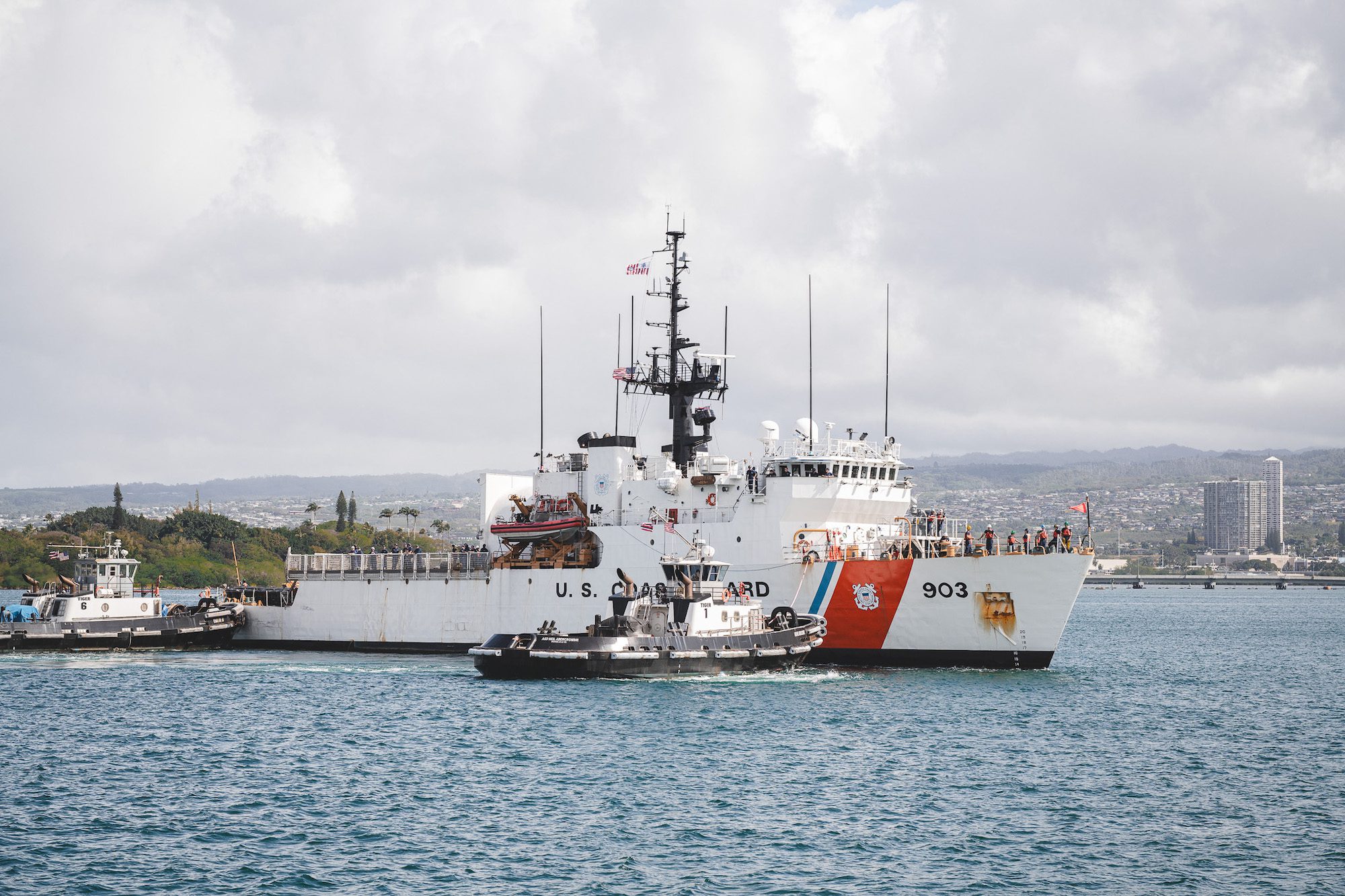PGS’ Ramform Sterling seismic survey vessel has a capacity of 22 streamers at 8 km length. The 400 tons of highly sensitive electronic equipment deployed over an area equivalent to 830 soccer pitches. The power station on Ramform Sterling generates up to 30 000 horsepower. When collecting seismic data, the Ramform Sterling generates around 160 tons of thrust, equivalent to two Boeing 747 aircraft at takeoff. Image: STX Norway Offshore AS
Seismic vessels are among the most specialized vessels on the ocean, and as such, have very unique operational characteristics.
In consultation with key industry players such as WesternGeco, PGS and Fugro-Geoteam, Det Norske Veritas (DNV) has developed a new class notation that addresses the specific need for seismic vessels to have enhanced redundancy and deck arrangements that ensure continuous operation without loss of speed.
Seismic vessels contain high-end computerized technology to find resources below the seabed, and represent a key element in the value chain leading to future offshore field developments. Any interruptions in the ship’s forward movement can complicate the seismic data processing, and continuous operations with focus to avoid any downtime of key functions are hence of utmost importance. With expensive seismic streamer equipment mobilized at sea, sudden loss of service speed may lead to severe consequences as damage to cables impairing the whole seismic vessel operation.
The new notation focuses on increased availability of the vessels during critical phases of the seismic operations. As well as vessel operators, DNV has consulted seismic handling and high pressure equipment suppliers to ensure that all current and future industry challenges are comprehensively dealt with.
The new notation was released this summer and strengthens DNV’s position in the seismic classification market as the industry focuses more strongly on deepwater, frontier exploration. “DNV has the greatest share of this market. More than every second seismic vessel is DNV classed. By introducing the new class notation we are helping owners in this high-tech special vessel segment to meet future demands with the outmost safety and reliability,” says Jan KvÃ¥lsvold, Director for Market and Business Development.
The maintenance of propulsive power is a key issue.
The class notation has therefore taken the DNV concept for redundant propulsion one step further so that any failure on board will not lead to loss of more than 50 percent forward trust. This is sufficient to maintain a minimum speed of a few knots and will protect any high-cost air guns and streamers deployed.
Seismic vessels typically operate for many months continuously without seeking harbour. The class notation requires a deck arrangement that facilitates side by side transfer for crew and resupply from a seismic support vessel.
Beyond this, the class notation also sets a requirement for the bridge arrangement to ensure good view to the streamers and any workboats that are close by during normal operation. High pressure systems are also addressed in the class notation to ensure that deck operations can be carried out safely by the crew.
“The world’s energy demand is increasing,” said Mr KvÃ¥lsvold. “Even though new energy sources are being developed, fossil fuel will maintain dominance well into the future. The demand for suitable seismic exploration vessels is already high and will continue to grow.”
Unlock Exclusive Insights Today!
Join the gCaptain Club for curated content, insider opinions, and vibrant community discussions.

 Join The Club
Join The Club













